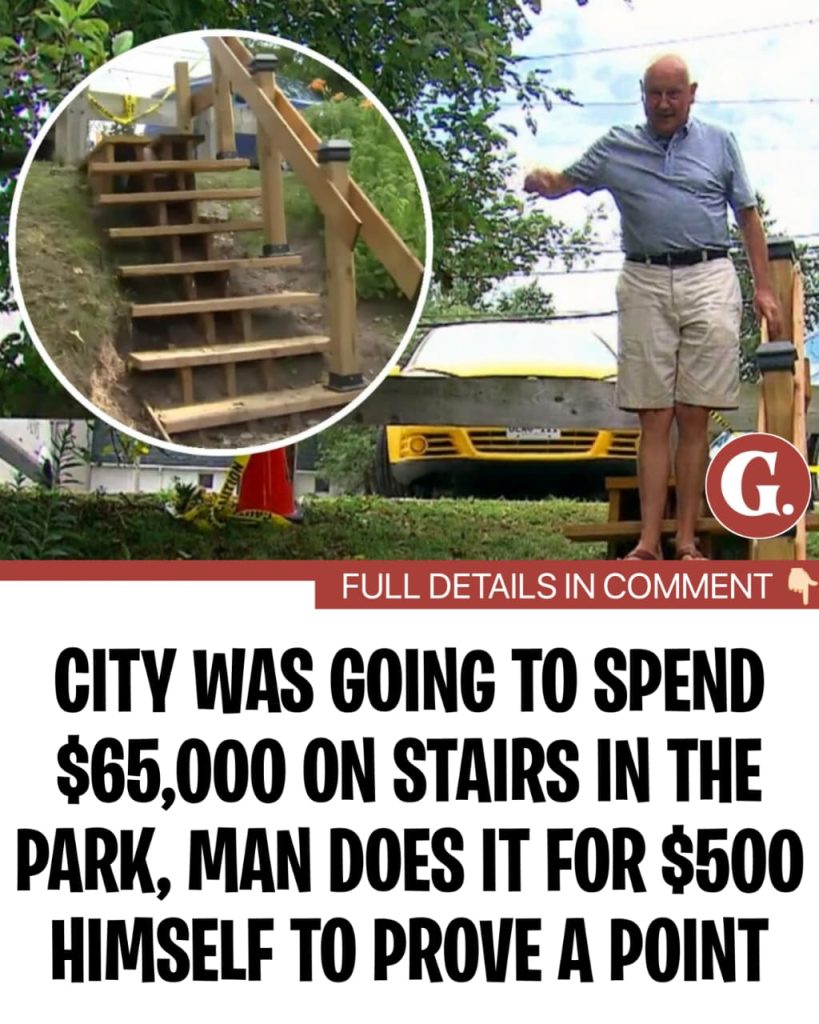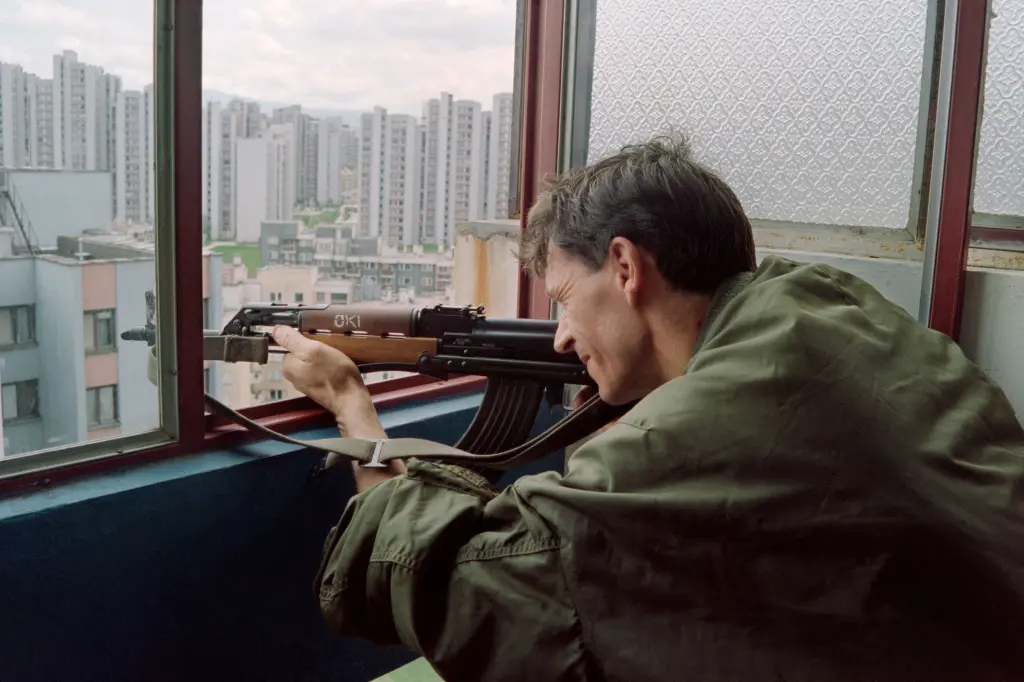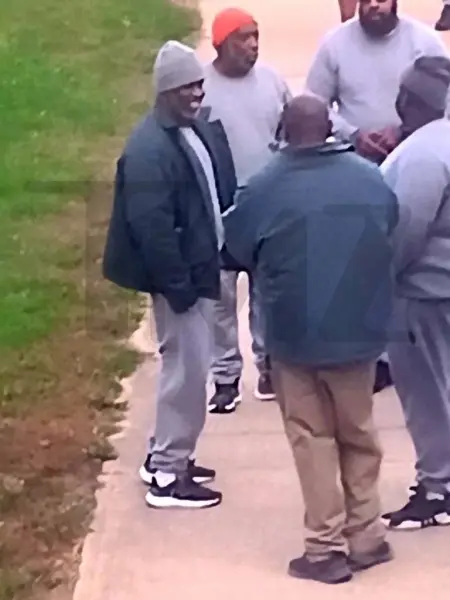Toronto Man’s DIY Stairs Cost Just $550—Meanwhile City Quoted $65,000 for the Same Job
It started with a price tag that felt like a punch in the gut. In Tom Riley Park, seniors were struggling to climb a steep embankment that led to a path. They’d stumble, they’d fall. It wasn’t a grand staircase or a landmark project—it was a simple way to make the park safe again. But when the city quoted CAD 65,000 to CAD 150,000 for that small fix, it left everyone bewildered. That number didn’t add up. How could a set of wooden steps, built to help residents navigate a slope, be so astonishingly expensive?
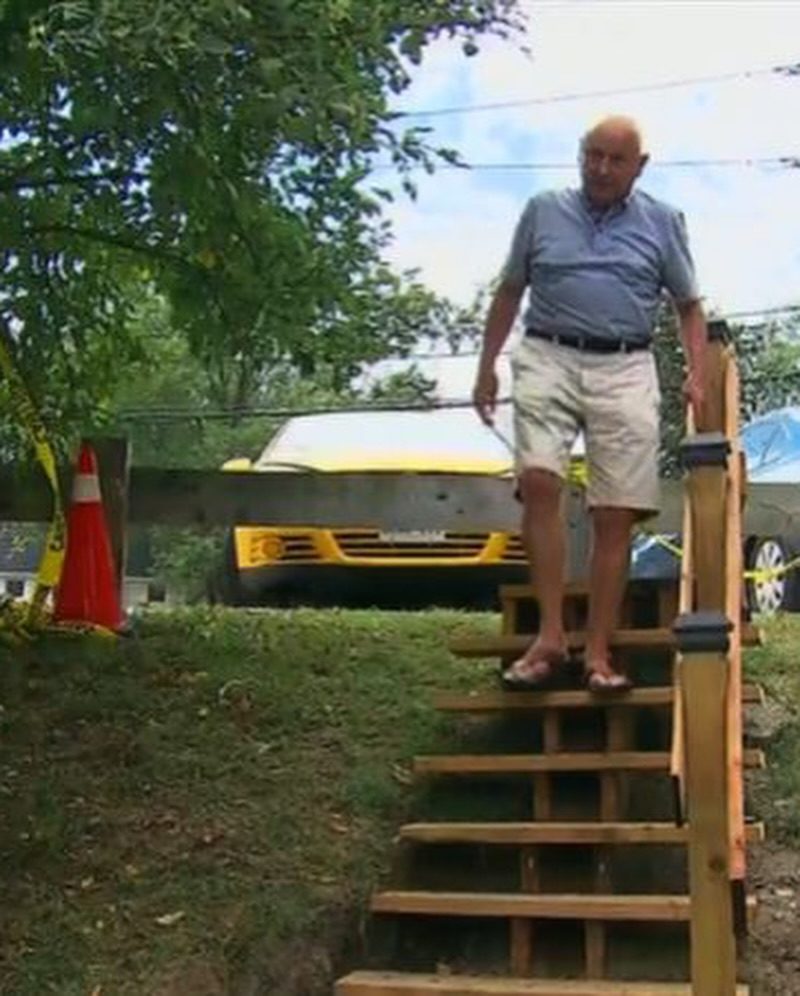
For 73-year-old Adi Astl, the price felt offensive. He didn’t protest with signs or petitions. He just decided to act. Using his skills as a retired mechanic and tapping into the goodwill of a local handyman, Astl spent around $550 to build a wooden staircase in just under two days. He took common materials, measured a slope, and nailed together a solution that brought dignity back to a once-unfriendly path.
But then came the scene that feels oddly cinematic: city crews arrived, not to applaud, but to remove the staircase. They warned about liability and safety, recognizing the fix, but insisting it wasn’t up to code. For a moment, it felt like the system didn’t understand goodwill. That stair was about compassion, not a permit.
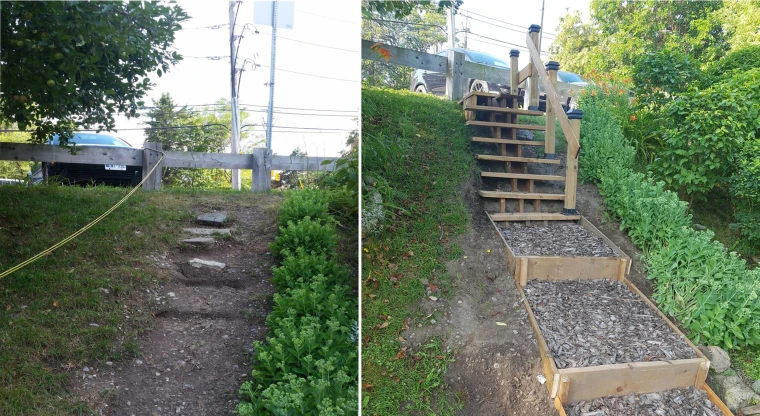
The public reaction was swift. People rallied behind Astl’s handiwork. The mayor even chimed in, calling the city’s original cost estimate “absolutely ridiculous and out of whack with reality.” Suddenly, a new number was floated—building the right, safe staircase by the book would cost just $10,000 to $12,000, a far cry from the six-digit quote. Astl’s staircase had forced attention where it was needed.
On reflection, Astl’s act was odd, brave, and profoundly simple. He reminded us that solutions don’t always need permission. When the people you care about are in danger every day, waiting for paperwork can feel indifferent. And what Astl built, even if it wasn’t code-approved, was built with care.
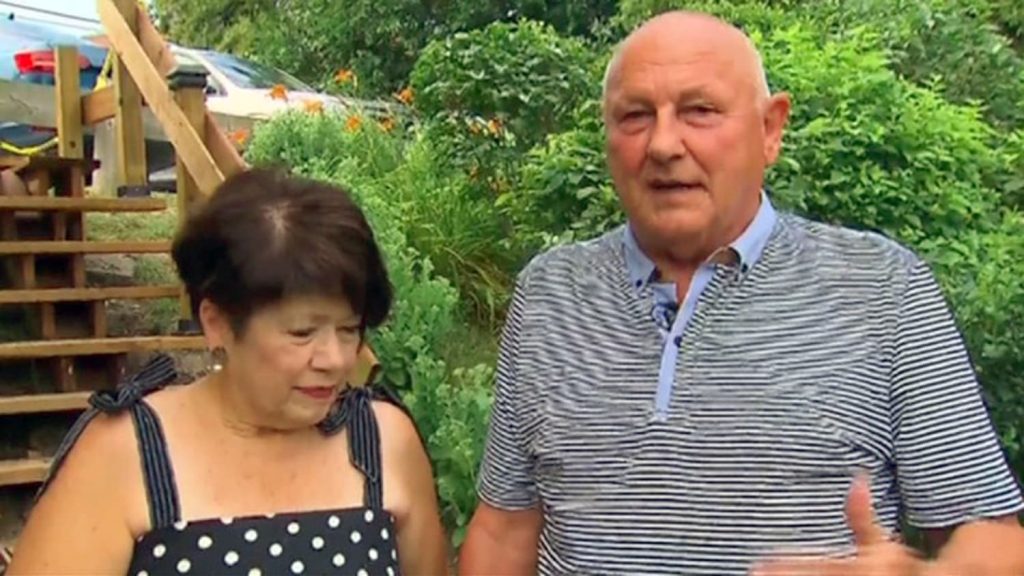
Eventually, the city agreed to install proper permanent stairs that followed regulations and safety. But for many, the story is not just about stairs—it’s about urgency, about the gap between budgets and real lives. It’s about a man who looked at a price tag and said, “No. I’ll fix this myself.”
That image of Astl, flashlight in hand, stepping up a staircase he built with his own hands—compassion in action—rings true. It reminds me that systems can stall, budgets can baffle, but a caring heart can still bridge the divide.
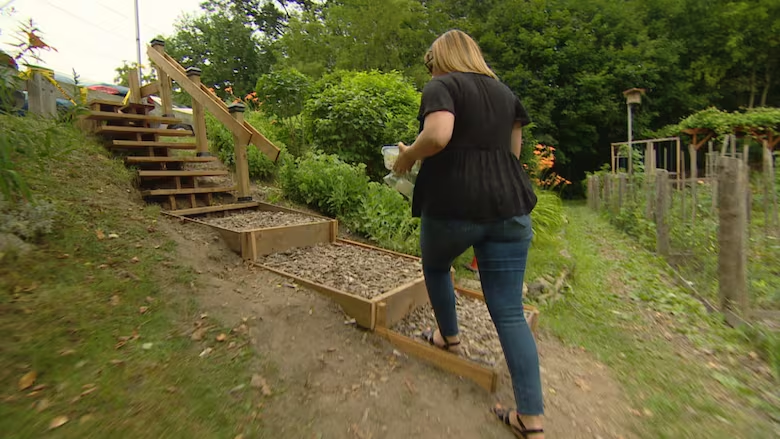
Maybe economics and governance matter, but Astl didn’t make his move because of numbers. He built that staircase because no later was sufficient when people were already falling. And maybe, watching him return dignity and safety with his own two hands, is enough to believe that community—real, living, caring communities—can still outbuild bureaucracy when ordinary folks decide to act.
